You are using an out of date browser. It may not display this or other websites correctly.
You should upgrade or use an alternative browser.
You should upgrade or use an alternative browser.
Showcase your cassette deck
- Thread starter reubensm
- Start date
Anil kumar
Well-Known Member
Bought this tape deck in 1997, still in mint condition. Prior to owning this i had Technics RSB 33W double cassette deck with fantastic recording, also had Teac Z5000 for some time.
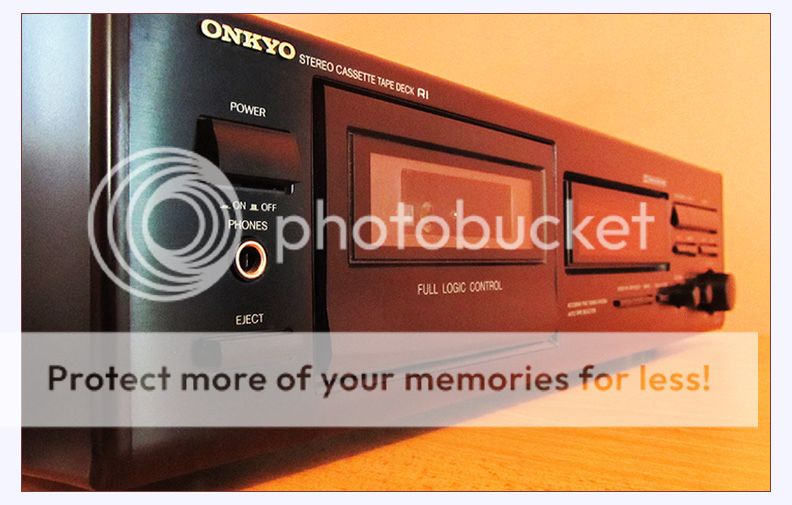
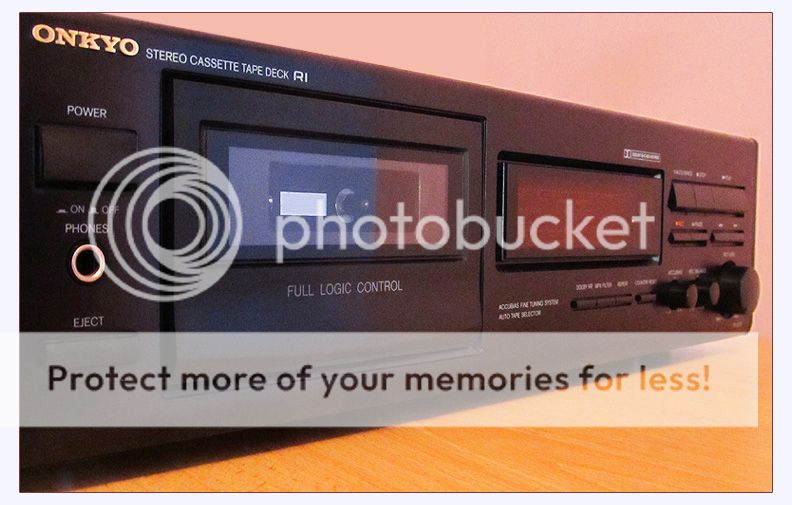
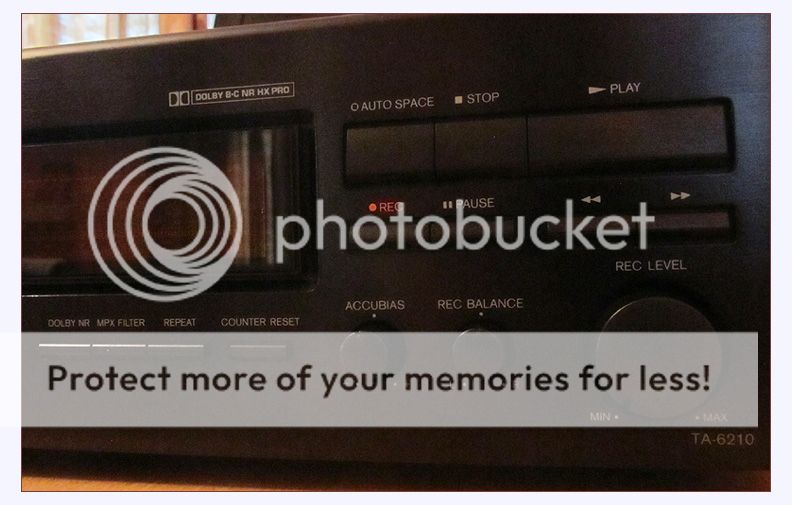
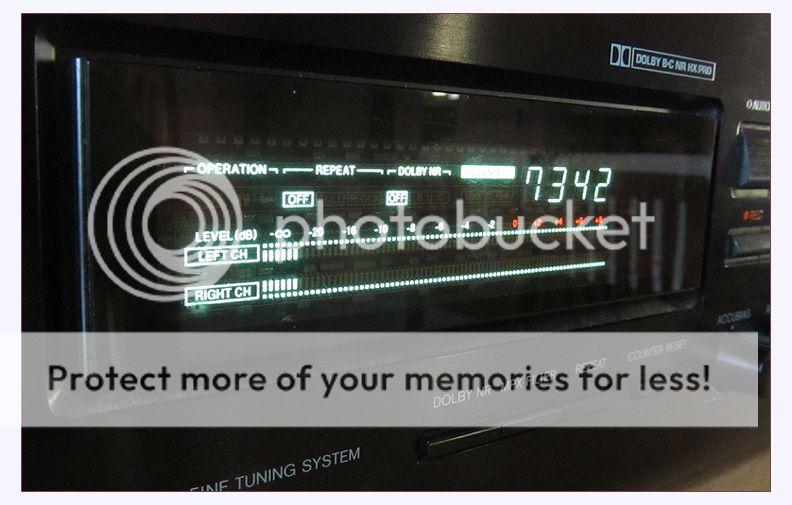
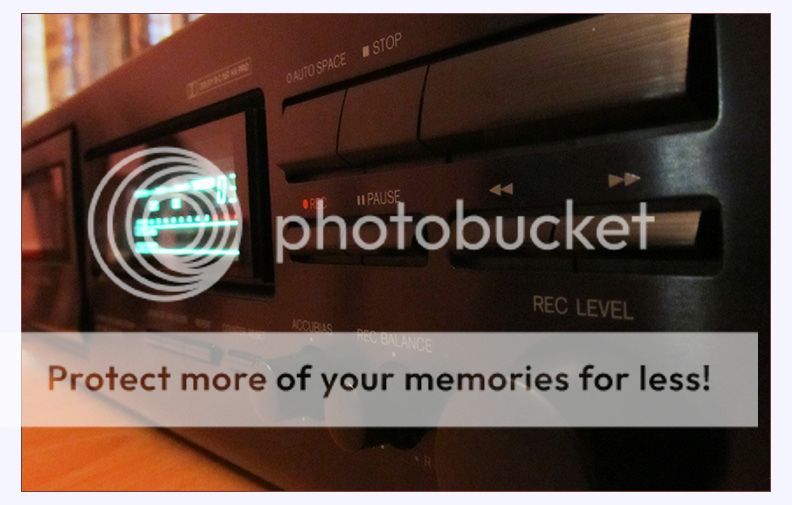
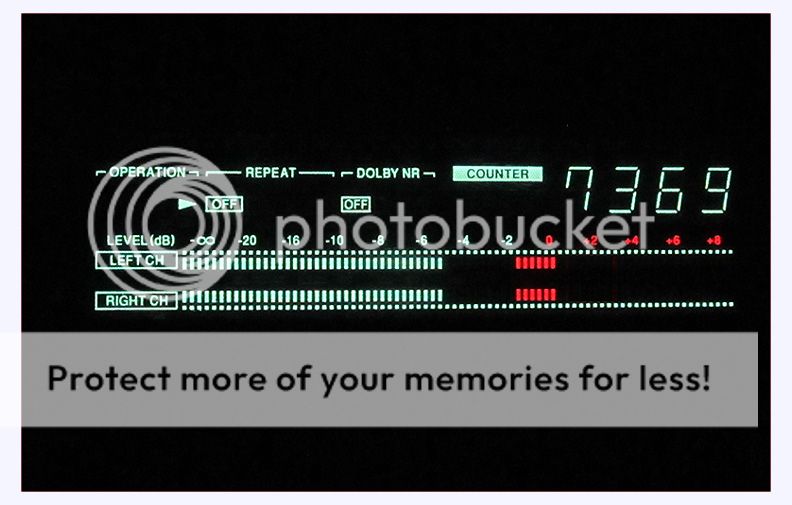








reubensm
Well-Known Member
looks like its been taken out of the box, brand new, just yesterday.
HERE ARE MINE:
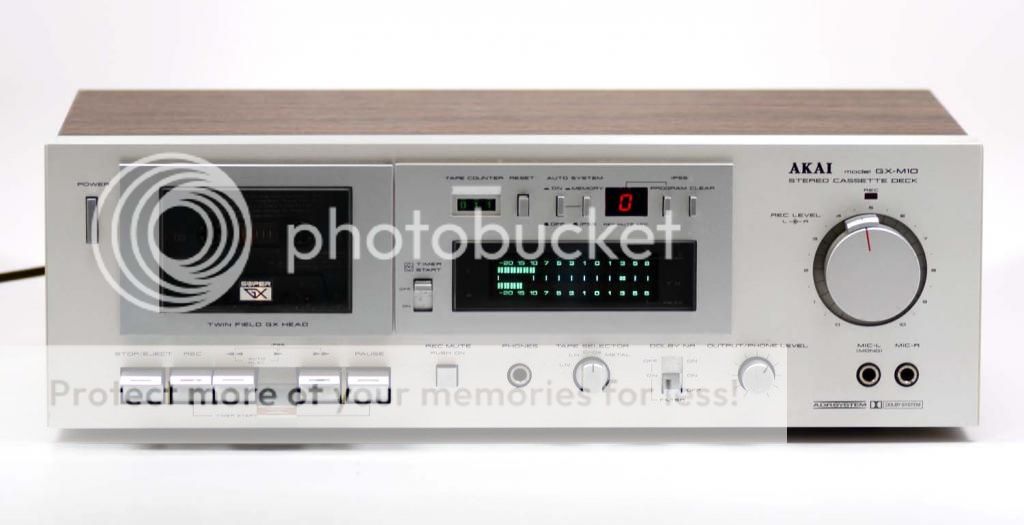
The AKAI is soooo cool to eyes...
Thad E Ginathom
Well-Known Member
HERE ARE MINE:
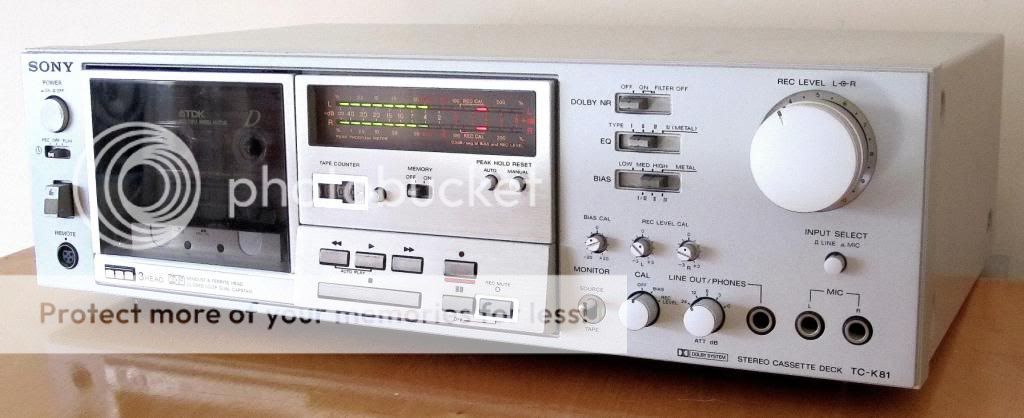
A bigger brother of my first, deceased deck, I think. Style is identical, and mine did have a mic input, but it might have been mono, and perhaps less calibration and fine control.
Memories
Oh... I just noticed the monitor switch and the "3-head," definately a very senior, superior brother! Mine was just a 2-head machine.
Last edited:
reubensm
Well-Known Member
what lovely decks, great pictures
Some of the Akai decks had a single dual core socket for microphone. I have seen some Sony and Technics combo stereo microphones (mics for both channels mounted in a single assembly) models with a single dual core cable and plug (similar to the large stereo earphone plug). However may decks came with separate sockets for each channel so 2 mono mics could be used.
Some of the Akai decks had a single dual core socket for microphone. I have seen some Sony and Technics combo stereo microphones (mics for both channels mounted in a single assembly) models with a single dual core cable and plug (similar to the large stereo earphone plug). However may decks came with separate sockets for each channel so 2 mono mics could be used.
A bigger brother of my first, deceased deck, I think. Style is identical, and mine did have a mic input, but it might have been mono, and perhaps less calibration and fine control.
Memories
Oh... I just noticed the monitor switch and the "3-head," definately a very senior, superior brother! Mine was just a 2-head machine.
Hi,
This Sony Deck looks really in great shape.
I would like to know as its also a 3 Head Deck with Monitor and Bias facility..............how different is it from a Nakamichi 3 Head Deck in general.Everyone is GA GA over a Nak 3 Head whereas companies like Sony,Sansui,Teac and others have also made 3 Head Decks.So what makes a NAK stand out from the rest?
greenhorn
Well-Known Member
Nak 2 headers are often better than 3 headers from other companies 
Thad E Ginathom
Well-Known Member
Let my just try to talk about the three-head thing, and one of you guys can correct me, because its old memory 
In a 2-head machine, there is one erase head, and one shared-purpose play/record head.
In a 3-head machine, there is one erase head, one record head and one playback head.
Because of its shred purpose, there has to be some compromise in the single record/play head.
The great practical advantage of a three-head machine is that one can monitor while recording: the music is recorded as the tape passes the record head, and then played back as it then passes the play head. The means that we know the quality of our recording in "real time." We can even flip the switch back and forth between source and monitor for comparison.
Getting my three-head machine made me very proud, but it was not only a symbol: that source/monitor thing was really, really useful. I made a lot of tapes in those days. Even the last car I had in London only had a cassette player.
In a 2-head machine, there is one erase head, and one shared-purpose play/record head.
In a 3-head machine, there is one erase head, one record head and one playback head.
Because of its shred purpose, there has to be some compromise in the single record/play head.
The great practical advantage of a three-head machine is that one can monitor while recording: the music is recorded as the tape passes the record head, and then played back as it then passes the play head. The means that we know the quality of our recording in "real time." We can even flip the switch back and forth between source and monitor for comparison.
Getting my three-head machine made me very proud, but it was not only a symbol: that source/monitor thing was really, really useful. I made a lot of tapes in those days. Even the last car I had in London only had a cassette player.
reubensm
Well-Known Member
An absolutely spot-on description. There's one catch to the 3-head experience, which is the amplifier has to support tape monitoring (not sure about the others but almost all the NADs do). Being able to monitor what is being recorded, is a huge huge advantage. I found adjusting the recording levels, very easy due to the monitor feature. This experience was with a Grundig CF5500-2 three head deck.
Let my just try to talk about the three-head thing, and one of you guys can correct me, because its old memory
In a 2-head machine, there is one erase head, and one shared-purpose play/record head.
In a 3-head machine, there is one erase head, one record head and one playback head.
Because of its shred purpose, there has to be some compromise in the single record/play head.
The great practical advantage of a three-head machine is that one can monitor while recording: the music is recorded as the tape passes the record head, and then played back as it then passes the play head. The means that we know the quality of our recording in "real time." We can even flip the switch back and forth between source and monitor for comparison.
Getting my three-head machine made me very proud, but it was not only a symbol: that source/monitor thing was really, really useful. I made a lot of tapes in those days. Even the last car I had in London only had a cassette player.
Thanks for all your views.
But my query is not how a 3 deck Head is different from a 2 Head. What I am asking is how a 3 Head Deck from Nakamichi is considered to be miles ahead from a 3 Head Deck of other Brands like Sony,Sansui etc?
But my query is not how a 3 deck Head is different from a 2 Head. What I am asking is how a 3 Head Deck from Nakamichi is considered to be miles ahead from a 3 Head Deck of other Brands like Sony,Sansui etc?
reubensm
Well-Known Member
I guess you're asking about the 2 head Naks vs 3 head mass market Japanese decks. Well the success of Nak decks over any other deck is that Nakamichi mastered the art of making precision transports and head assemblies. When calibrated well, they tended to be near to perfect. Nakamichi invested quite significantly in tape R&D resulting in these unique but brilliant concepts. The mainstream decks were no match for Nakamich because of this. In addition, Nak also worked on the circuitry and came out with some outstanding circuit designs. One has to listen to the Nak 1000 to understand this. At the time of its release, it shocked the world and is perhaps, single-handedly responsible for getting the cassette medium, respect among serious listeners.
Mainstream 3-head decks often suffered from azimuth issues and transport issues. In 3-head decks, there are generally 2 philosophies used. Some decks use a combo head design where separate record and play heads are built into the same housing and work on the tape, at the pressure-pad zone. The other philosophy is to use to separate heads, the smaller one being the play head which engages with the tape through one of the side perforations on the cassette housing. Here are the pictorial examples:
The combo head design (example Grundig CF5500-2)
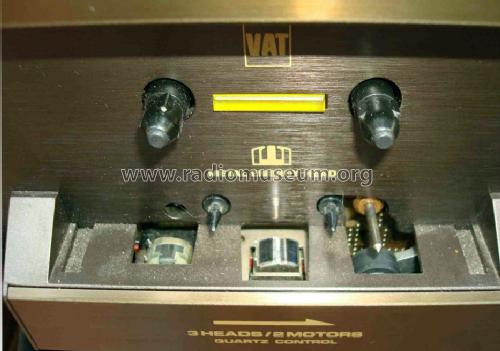
The separate head design (example Nak CR-7A)

Most of the standard Japanese decks used the combo philosophy to keep costs down (in most cases, the very same 2-head deck transport was used) and hence they were almost like regular mainstream 2-head decks with the tape monitor feature. The Nak mechanism philosophy for their 2-head decks was far superior and hence Nak 2-headers often easily beat off mainstream 3-headers..
Mainstream 3-head decks often suffered from azimuth issues and transport issues. In 3-head decks, there are generally 2 philosophies used. Some decks use a combo head design where separate record and play heads are built into the same housing and work on the tape, at the pressure-pad zone. The other philosophy is to use to separate heads, the smaller one being the play head which engages with the tape through one of the side perforations on the cassette housing. Here are the pictorial examples:
The combo head design (example Grundig CF5500-2)

The separate head design (example Nak CR-7A)

Most of the standard Japanese decks used the combo philosophy to keep costs down (in most cases, the very same 2-head deck transport was used) and hence they were almost like regular mainstream 2-head decks with the tape monitor feature. The Nak mechanism philosophy for their 2-head decks was far superior and hence Nak 2-headers often easily beat off mainstream 3-headers..
Last edited:
Thad E Ginathom
Well-Known Member
But my query is not how a 3 deck Head is different from a 2 Head. ...
Sorry I missed the point. It's a bad habit I have
Record Player
Well-Known Member
View attachment 15392
She (Sony TC-K35) was dead I managed to bring her back to life with lots of love and care now she sounds crazy good.
Now that's what you call TLC...
Cheers
my nakamichi rx202, 700zxl and 600.....
Ask me about this setup. Simply blown away with the sound-stage of those Pioneer speakers and was introduced to a whole new world of listening from a cassette deck. A clean no nonsense setup it was.
Thanks for having me over man.
souravin
Well-Known Member
Thank you Nakamichi for guiding me to obtain the right deck as per my requirement. My objective was not to record on cassettes but to listen or playback only.
You have been of great help to zero down to Nakamichi 480. It's really a stunner regarding the playback. My heartfelt thanks for sending the deck in very good condition. It's singing nicely with my rare R.D.Burman cassettes. The packing and entire co-ordination are excellent. Very happy..
Thanks again,
Sourav
You have been of great help to zero down to Nakamichi 480. It's really a stunner regarding the playback. My heartfelt thanks for sending the deck in very good condition. It's singing nicely with my rare R.D.Burman cassettes. The packing and entire co-ordination are excellent. Very happy..
Thanks again,
Sourav
Purchase the NEW Audiolab 6000A MkII Integrated Amplifier at a special offer price.
Similar threads
- Replies
- 0
- Views
- 9K


